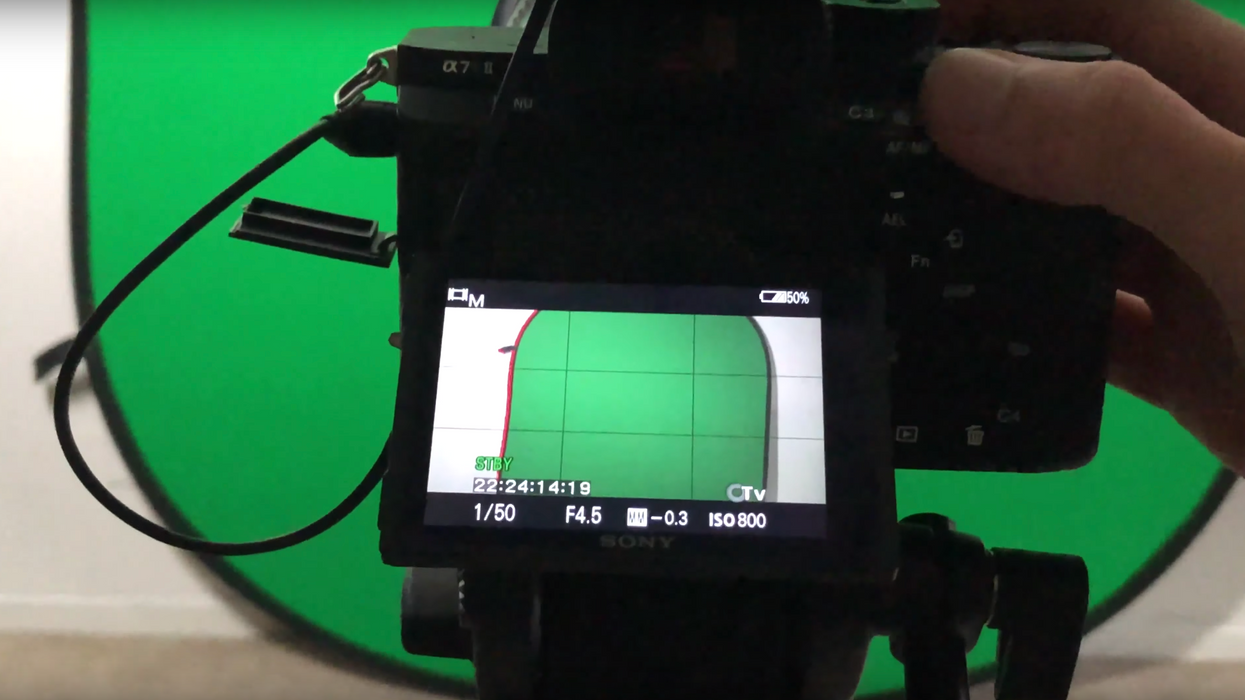10 Tips That Will Help You Green Screen like a Champion
How do the pros use green screens? You're about to find out.

Using green screens for filmmaking isn't the most complicated or difficult thing in the world but it certainly has its pitfalls. If you ask any experienced filmmaker what to look out for when using a green screen, chances are they're going to mention lighting about a billion times and that's for good reason. You don't want to head into post with a sloppy key, my friend. Ya just don't.
However, there are many other important aspects to consider, too. In this video, Kris Truini of Kriscoart shares a bunch of advice on how to utilize a green screen in your projects, from lighting tricks to camera settings, that will help you do it like the pros. Check it out below:
Lighting Tips for Green Screen
Lighting is certainly one of if not the most important parts of using a green screen. Why? Because if you don't evenly light it, you're gonna have shadows. If you have shadows, you're gonna have a bad key. If you have a bad key, you're gonna hate your life.
- Evenly light your green screen so you can get a good key.
- Watch out for light flares. Use some a matte box or your trusty paw to block out any unwanted light.
- When lighting, try to create as much separation between your subject and the green screen as you can.
If you want to learn more about how to light a green screen, check out one of Truini's other videos in which he goes through the process step-by-step.
Camera Settings for Shooting Green Screen
Cool! You've got your green screen evenly lit. You're ready to go, right? Hold yer gersh dern herses, pertner. You're probably going to want to take a look at your camera settings to make sure they're going to give you the results you want.
- Shutter speed: Minimize motion blur by raising your shutter speed to 1/80 or 1/100
- Aperture: Setting your aperture to f4 or f5.6 will give you slightly more depth of field, which will blur and smooth out your green screen.
- Format: Set your camera to the best recording format it has.
- ISO: Try to avoid high ISOs.

Random Nuggets for Working with Green Screen
Okay, so once you've got all the techy stuff out of the way, there are still a few helpful tips that will help you use green screens in more creative and effective ways. Here are the last several nuggets of wisdom Truini shares in the video that are definitely worth chewing on.
- Remember, you can go portable with your green screen.
- Use green screens for driving scenes so your actors can perform safely. (Just remember to roll down the windows!)
- Green screens are also useful if you want to put VFX in your shot later on in post.
- Green vs. Blue? Simple. Use a blue screen when there is natural green elements (like trees, grass, and plants) in your shot.
- Green screens are great for creating the illusion that your characters are in a different place, like a bistro in Paris rather than your apartment's balcony.
- Review your footage as you shoot it. Look especially for shadows being cast that may fudge up your key later on.
What tips would you give a filmmaker who isn't experienced with using green screen? Let us know down in the comments.
Source: Kriscoart












